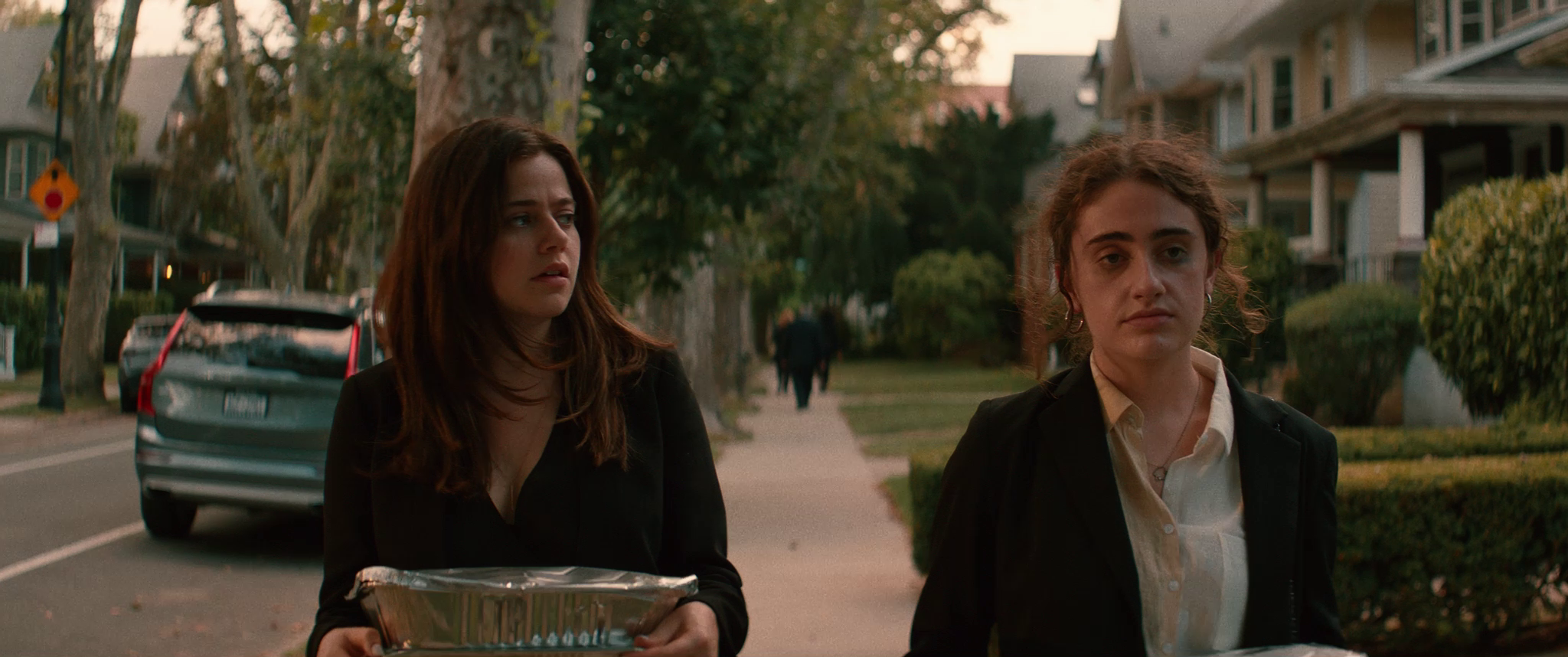Table of Contents Show
Emma Seligman’s SHIVA BABY is one of the standout features of Reel Love Fest. Seligman’s debut feature, more or less a continuation of the previous short film by the same name, is one of superb camera work, poetic writing, and pure entertainment in seventy-seven minutes. A compelling escapade packed with action, tension, and family pressure. Rachel Sennott is the star of SHIVA BABY, and her supporting cast does a marvelous job with a unique script.
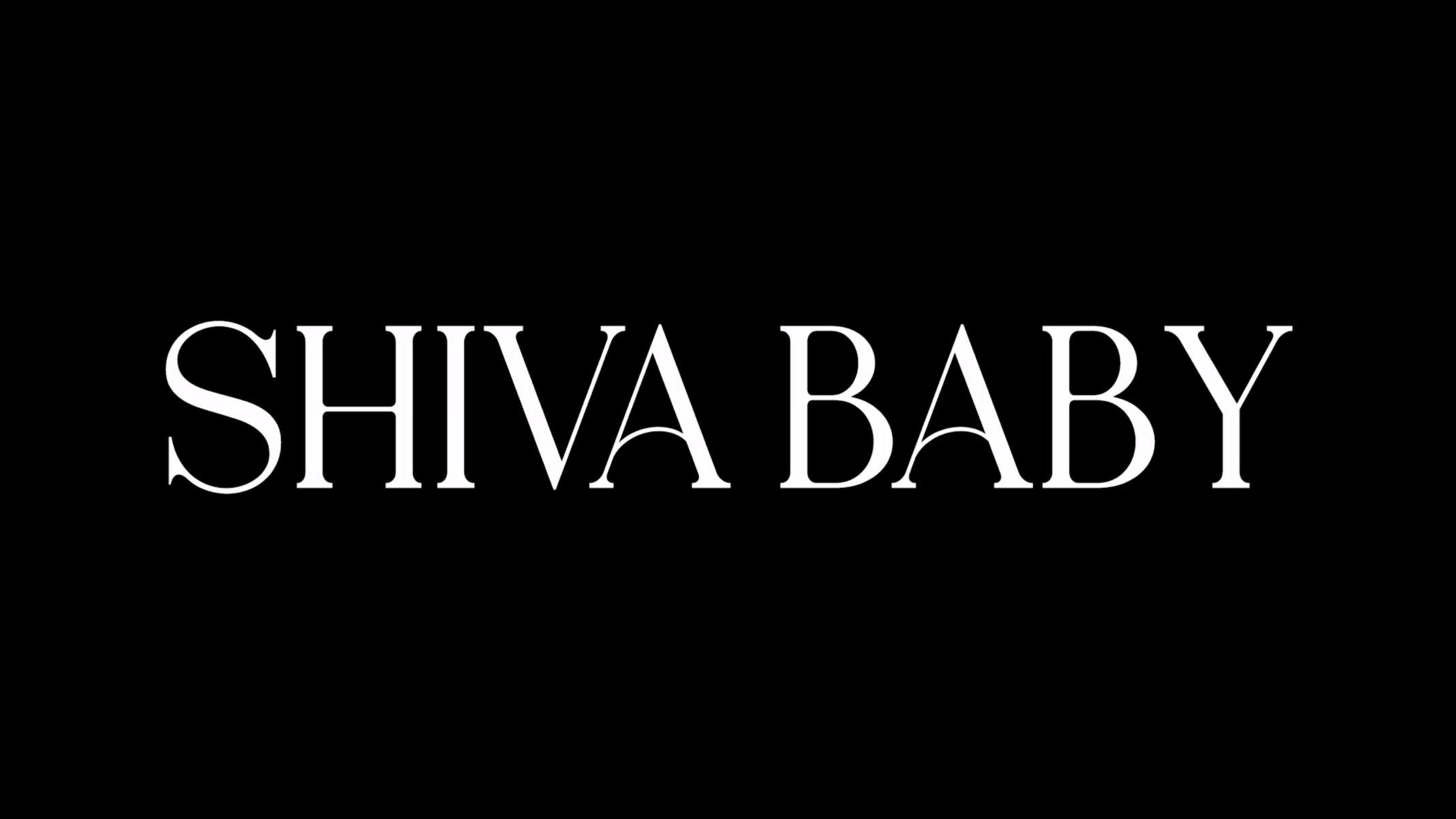
Although I am not Jewish, I believe that this film does a superb job in allowing anybody and everybody to understand and relate to this story. SHIVA BABY is mainly set at a Shiva, as the title implies, but the central theme of the film is loss, confusion, and coming to accept oneself and the perception of others and how they perceive you. Although accurately titled SHIVA BABY, it is more than just a Shiva, baby. (I beg you not to use this as a pull-quote, but if you must.)
- Director: Emma Seligman
- Screenwriter: Emma Seligman
- Cast: Rachel Sennott, Dianna Agron, Molly Gordon, Danny Deferrari, Polly Draper, Fred Melamed
- Cinematographer: Maria Rusche
- Editor: Hanna Park
SHIVA BABY: The Premise
SHIVA BABY traces Danielle’s journey as a bisexual Jewish twenty-something who tries to figure out who she is and who she wants to become. In the midst of attempting to navigate family at a funeral, which is the worst and least of her problems, Danielle’s ex and sugar daddy (with his wife and baby) appear. The Jewish, and Shiva, setting illuminates the depth of wisdom and humor Danielle brings to the situation as she attempts to navigate the family dynamics. Emma Seligman’s impressive directorial debut is a true force to be reckoned with.
A Star-Studded Cast
Sennott is the lead role of Danielle, who captivates us with her excellent performance from the second the film opens. I particularly enjoyed her overall performance throughout; it was compelling and harmonious. She gave her all to a role of great versatility that was incredibly distinctive and funny. The part of Max (Danny Deferrari) is one of the strongest and is supported by Molly Gordon who portrays Maya, which is fantastic because you should either root for Maya or Max, depending on the situation. Fred Melamed’s Joel is humorous because he seems to forget everything while being a really understanding father. It is a nice balance and creates a humanistic tone.
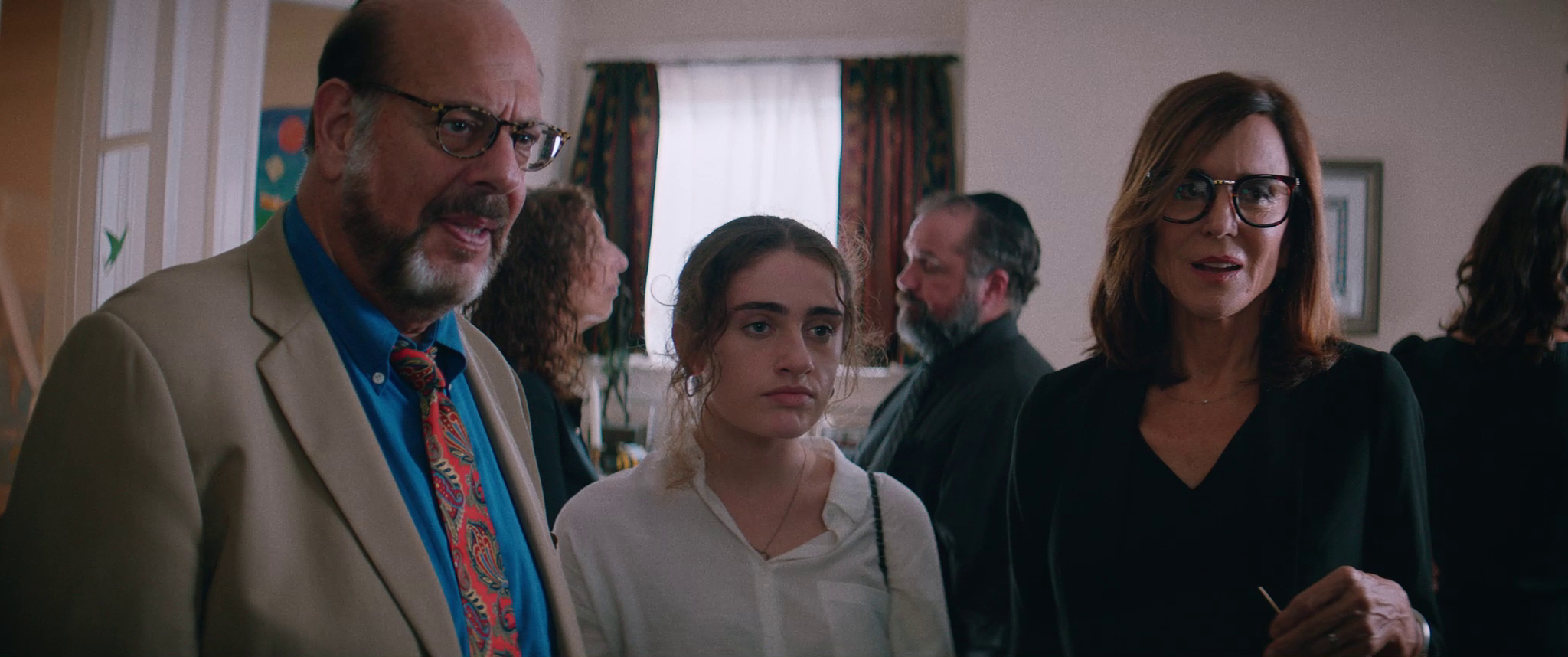
Max, who is described as having a sultry look (by me), makes you feel uncomfortable when first encountered during the first few seconds of the film. He, or rather the pair of them, are awkward together. It is slightly understandable why they might be awkward, but after the funeral begins and we become aware of Max, his character has more opportunity to shine. You begin to comprehend the events of the story and that is where the fun lies. Debbie is either quirky and charming to you or she is not.
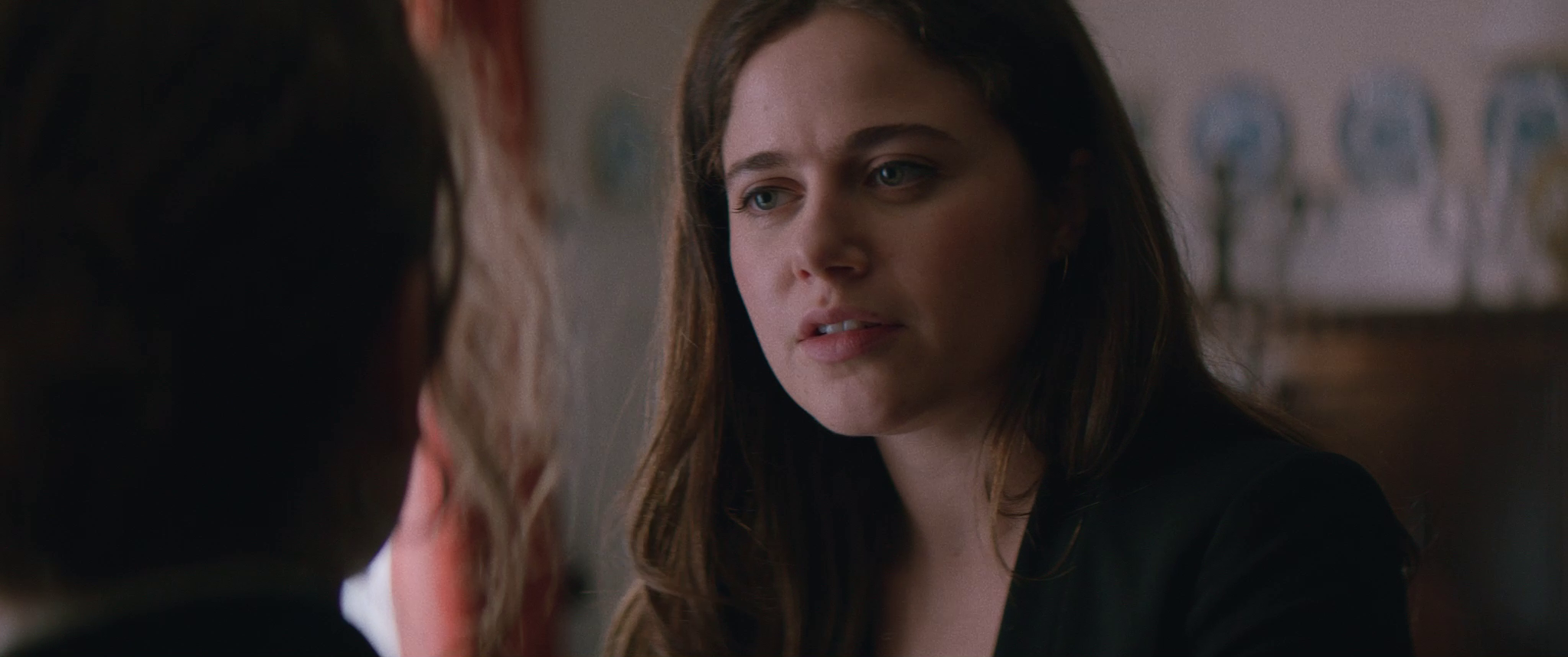
Debbie has some great lines in this film, though; she has some really funny one-liners in it that I thought were very well-staged. I thought the overall set design was very well executed in pertaining to Debby; she is a fusion between a narcissistic mother and a reassuring one. She uses her space extremely well and attracts the viewers’ attention throughout SHIVA BABY. There are also so many light-hearted comedic moments in the mise-en-scene thanks to the various backgrounds characters, which is quite impressive as only one set and minimal characters are used. Seligman’s breakthrough film is quite impressive for a feature that was assembled with few details. Although the setting is familiar by the second act, it remains fresh as the narrative becomes crazier and crazier as the movie continues.
The Directing (Emma Seligman) & Cinematography (Maria Rusche)
One of the most impressive features in SHIVA BABY is the quality of the camerawork. This film contains some truly breathtaking shots. There are some great eyeline camera shots and the shallow focus is cleverly used. Additionally, I liked how the blur/non-blur effect was used throughout the cast and as the various characters influenced Danielle (how it shifts). I like when background characters are blurred, but you can see their faces or how they focus on what Danielle is doing (Maya in specific sequences). This shows Seligman’s range in a very impressive manner. Danielle’s anxiety can be seen in many of the more enticing sequences; many of these episodes are slow and entrancing with ringing.
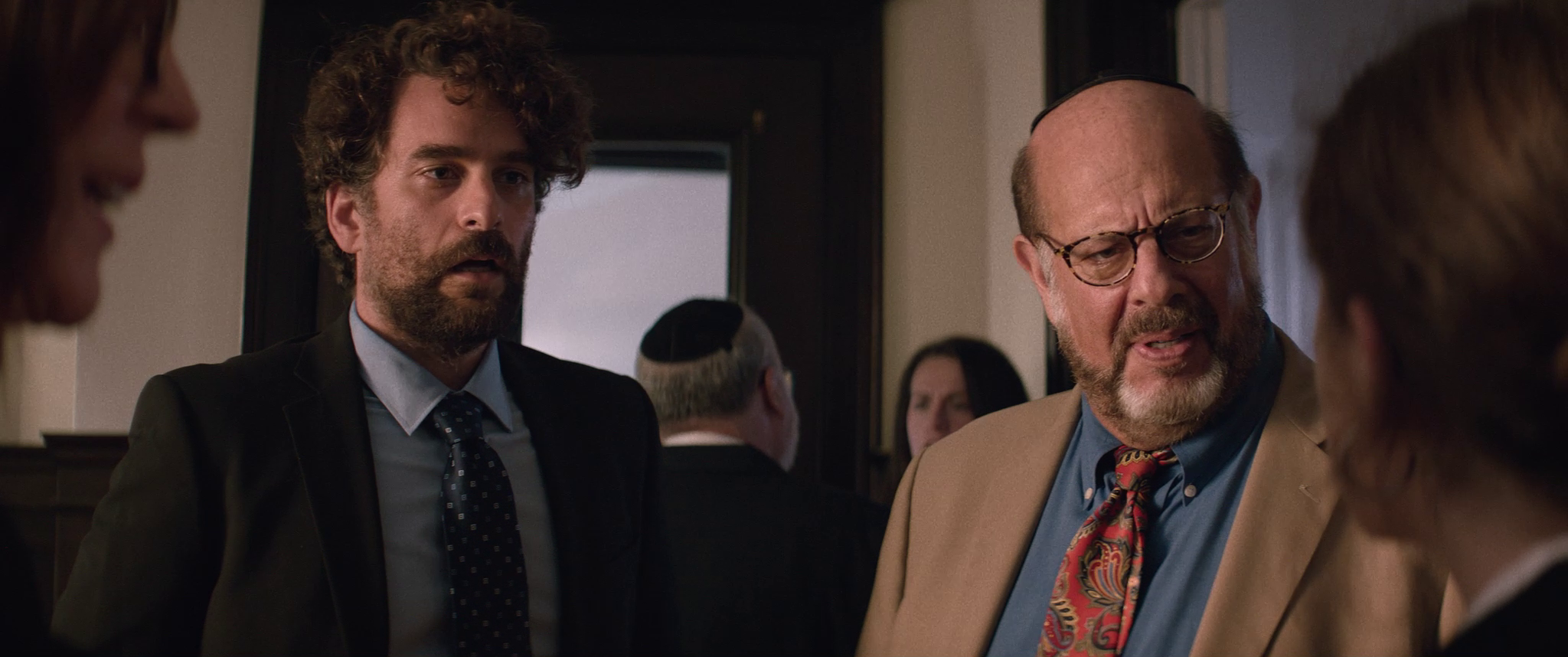
The heightened camera work within these moments allows you to feel the emotions that Danielle feels. Because this is written and directed so explicitly with emotion and breadth, you believe Seligman experienced this or related to this. The phenomenal wide shot the starts SHIVA BABY, followed by a gorgeous close up as Danielle enters the frame while the background blurs, is just my favorite. When you see it, you don’t realize you needed it. It paints Danielle and Max in an interesting light that remains throughout SHIVA BABY. There is a small hint of liking or some sort of attraction that lies between the two characters. When Seligman juxtaposes close up shots or eyeline shots with quick POVs of the character, you feel discombobulated.
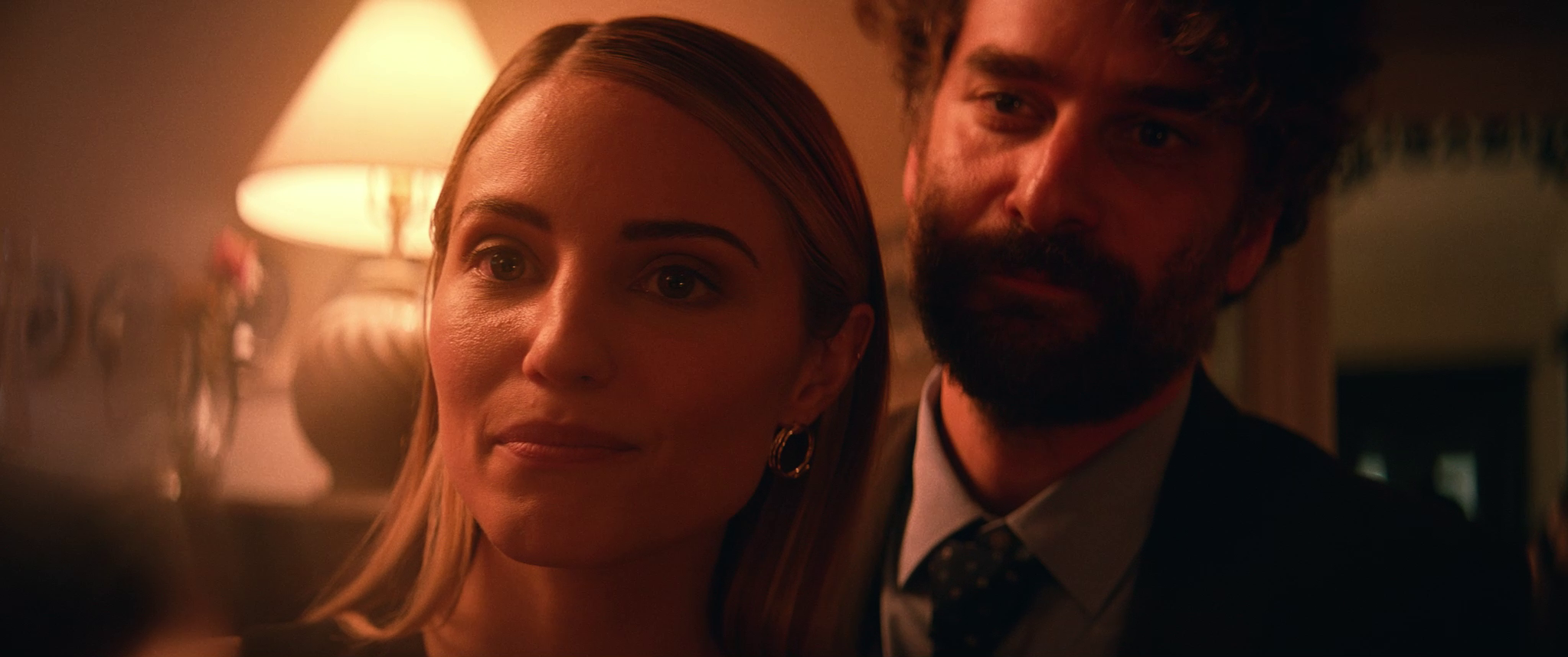
The slow pan shots and the only non-diegetic sound you hear in the film indicate this. SHIVA BABY features no actual music, it is quiet and intense in many of the sequences. The dialogue surrounding Danielle is the primary form of sound. The viewer is continuously engulfed by the setting. You become attached to watching it because you start to recognize it as being integral to the plot. It becomes part of what you are seeing, and so you begin to anticipate when the next character will approach. I have never attended Shiva, but due to this film, I now have a great deal of information about them, unusually enough because it focuses on so much beyond the actual Shiva. Everyone has felt like Danielle at one point and the camera alongside the cinematography reminds the viewer of the overwhelming sensation of how it feels to be in that moment.
SHIVA BABY’s Standouts
There are a number of good shots, mainly favored ones that demonstrate extraordinary versatility. SHIVA BABY uses extraordinary extreme close-up shots to express intense emotions, it uses non-diegetic music within certain spaces, and slow zooming on characters. One sequence in the film, around twenty-one minutes, is quite wonderful. The extreme close-up perspective makes it necessary to view Danielle as she undergoes her panic attack. Despite the hand-held camera moving close, there is a sound of ringing emanating in the distance. If you have ever had a panic attack during a family gathering, then you know what I mean. The subtle movement of the hand-held camera coupled with the blur to non-blur feature clearly shows the panic attack that Danielle is experiencing at this moment. The over-the-shoulder shot, taken in the mirror, is the best; it transforms from a blurred view of Danielle’s hair/back to a clear image of the mirror. It is glorious.
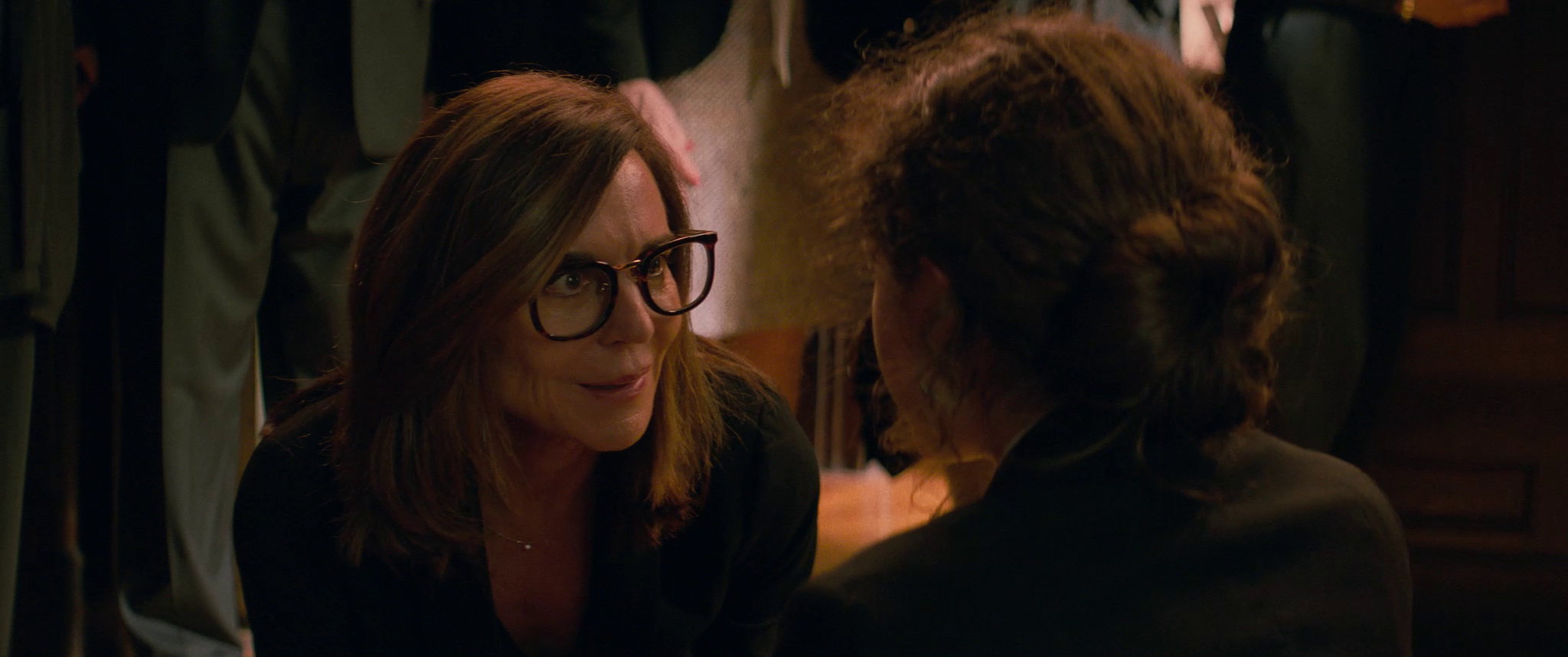
This sequence portrays exceptional camera work, but the significance lies in the emotional impact it conveys. This sequence made me feel as if I was experiencing a panic attack or anxiety attack. It is as though we are watching her slowly fall apart as if it were a reality television show. The color palette is eclectic, employing a lot of noteworthy colors that you would not find in such a minute set design. However, it uses its space remarkably well to indicate the intertwining of characters, situations, bracelets, and conversations. After about twenty minutes, one begins to understand who these characters are as well. I feel as if I know Danielle, Max, and Maya. The editing in this film makes this a marvelous feature to capture and preserve.
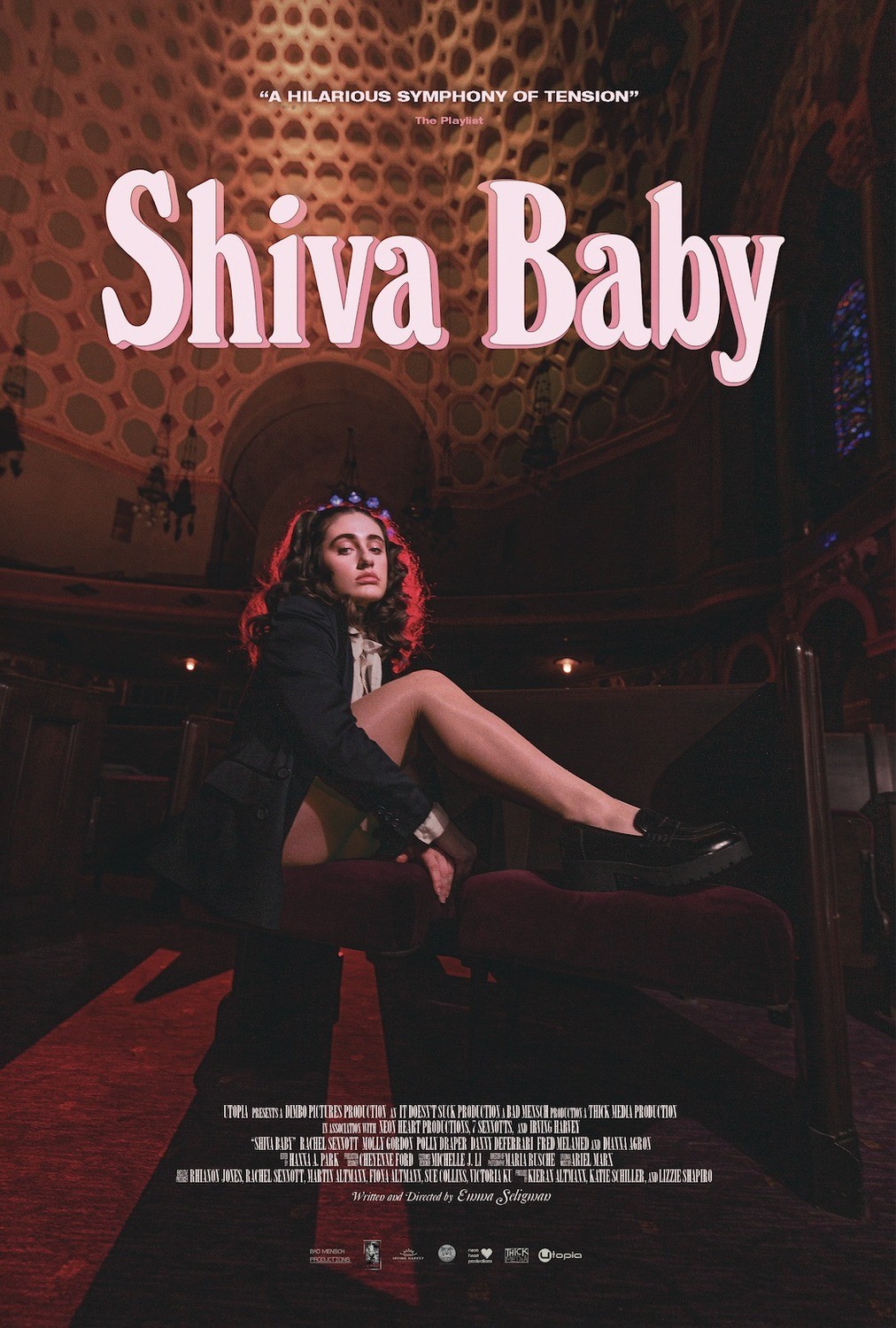
Another set of shots I enjoyed was during the first ‘fake’ meeting between Max and Danielle. They are both in these wide but overzealous close-up shots, with Max being in a tad lower-angle than the others. It is easy to tell who has control since Max’s shot is elevated. The stunning color palette in the Shiva’s background, however, is what makes this sequence a standout in comparison. When the mother asks them if they are already acquainted, it is very impressive of the mise-en-scene. Juxtaposing those overzealous shots with the wide shots of family members conversing makes it apparent which is more intense to Danielle as we are outsiders looking in. The shots of Max and Danielle are in extreme shallow focus, whereas they are not so intense when they are in a wide shot of the family. The bagel shot was ingenious at around eighteen minutes, I love it when characters remain in conversation in the background of Danielle and you can remain focused on her. The framing of it is admirable.
SHIVA BABY Is A Progressive Feminist Comedy?
It is a running joke that Danelle does not know what she wants to do. She seems a bit confused regarding both her major and her life. Thus, despite her confusion about her career, she continues to hold a strong stance as a bisexual feminist. One that does not want to be a ‘girl boss.’ Danielle’s most memorable line is when she told Kim, “I am not interested in becoming a self-made white woman. It is not what I intend for my future. That is good news for you, however.” I find it quite funny as nowadays, women are being told to be business-like women.
It is elevated when she declares, “I do not want to be a girl boss.” (at around thirty minutes.) It is those moments that imbue a sense of awkwardness, which I admire. It is a comedy of awkwardness, which is funny to me because that is what I do. It is clearly an awkward situation, so having the actors enact that within the mise-en-scene and delivery is great. I mean… she is the sugar daddy’s baby momma? Adding to the confusion, her parents do not understand her niche major. Imagine how many times you have had to explain what you want to study to your parents. It probably happens quite frequently, it does to me.
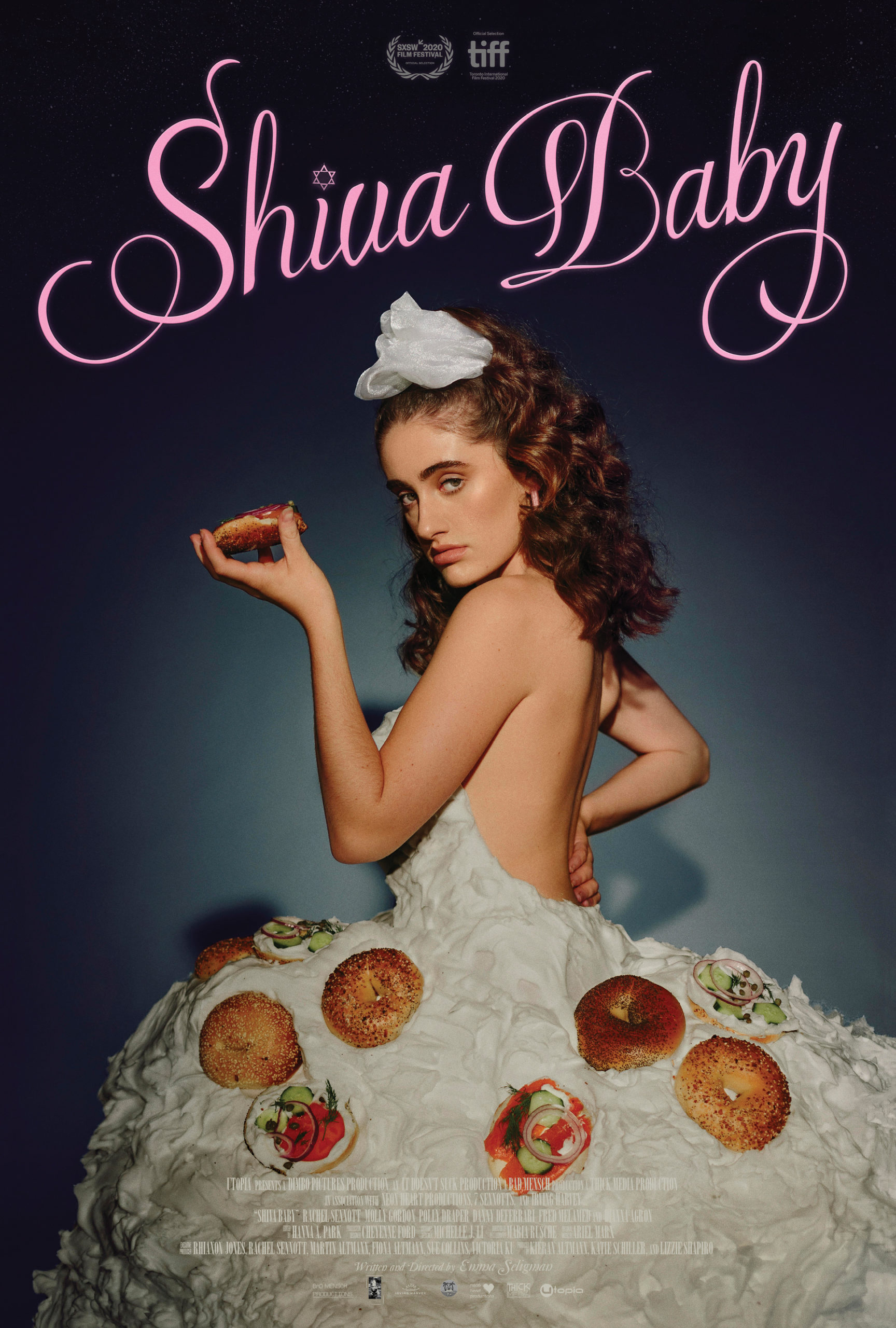
The frequently occurring anxiety of others asking her if she “has eaten” and that she is “skin and bones” is also quite evident of the anxiety of a woman. Frequently, you are asked about your weight at family functions, regardless of your size. The motifs throughout the dialogue cause Danielle to take on a humanistic quality. She exists as this relatable twenty-something who is unsure of what she wants to do with her life. Could she love Max? Perhaps. Could she love Maya? Possibly. But who the fuck knows and who the fuck cares? That is life.
It is worthwhile to mention the sly conversations that takes place in the background. One, in particular, is after Danielle and Maya have made out with one another, they are sitting outside smoking when Danielle pauses to eat a piece of food after Maya goes back inside. In the left foreground of the shot, a character can be heard saying, “look, she’s eating!” This is the most hilarious line of the entire movie and it just happens that you hear it when you are not supposed to. SHIVA BABY is progressive, entrancing, and humorous.
SHIVA BABY Is An Impressive Debut For Emma Seligman And Rachel Sennott
Keep an eye on Emma Seligman; I believe you will enjoy SHIVA BABY, or at least I did. This is a funny, dramatic, bold, and alluring debut. Despite the climax being somewhat atypical, the film appears consistent and steady. The directing is incredible; SHIVA BABY ranks among my favorites. The color palette is magnificent, paired with a mighty but diminutive cast, all of whom did an unimaginable job with the concept, script, and mise-en-scene.
As much as SHIVA BABY might not be for everyone, it is for us. It incorporates a Shiva, family drama, a sugar daddy, bisexuality, feminism, and bagels into one movie — what more could you want, truly? Be honest?
